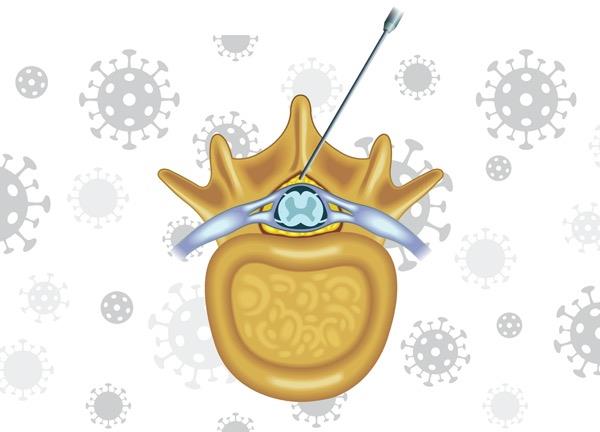12332 Bear Plaza Suite 100 Burleson, TX 76028
reception2@ipsdfw.net
(817) 615-8840
Controlled Trial Shows Turmeric Effective In Alleviating Pain Of Knee Oa
From the treatment of digestive issues to reducing pain and inflammation in rheumatologic conditions, the root of the flowering plant turmeric (Curcuma longa extract) has long been a staple of traditional medicine. Now, a well- designed trial has shown that turmeric—best known in the United States as a ginger-like cooking spice—could potentially serve as a clinical alternative to existing pain treatments in conditions such as osteoarthritis (OA).
Curcumin, the active ingredient in turmeric, has been studied extensively for its analgesic and anti-inflammatory properties in both animal and human trials. Given the efficacy seen and a side effect profile that compares favorably to existing pain medications, the authors of a clinical review of the data stated that turmeric “could be a possible candidate for consideration for use as a stand- alone analgesic, or in analgesic combinations as part of opioid-, NSAID- [nonsteroidal anti-inflammatory drugs] or paracetamol (acetaminophen)-sparing strategies” ( J Clin Pharm Ther 2018;43[4]:460-466 ).
In the current double-blind, single-center study ( Ann Intern Med 2020 Sep 15. [Epub ahead of print]. doi: 10.7326/M20-0990 ), researchers at the University of Tasmania randomized patients with symptomatic knee OA and knee effusion–synovitis volume, as evidenced by ultrasound, to receive two capsules of turmeric (n=36) or matched placebo (n=34) per day for 12 weeks.
Primary outcomes were change in knee pain measured on a visual analog scale and evidence of effusion–synovitis volume as seen on MRI. The researchers also looked at pain score change on the Western Ontario and McMaster Universities Osteoarthritis Index (WOMAC) and cartilage composition values.
Results showed turmeric was more effective in reducing pain compared with placebo, but did not change effusion–synovitis volume or cartilage composition. Turmeric also showed greater change in knee pain on the WOMAC than placebo. Adverse events occurred in 14 individuals in the turmeric group and 18 in the control group.
Limitations of the study include its small population and short study period, according to its authors, who called for larger multicenter trials to expand on the findings.
Our Recent Articles





Get In Touch
Please fill out the service inquiry form and we’ll get back to you. If you require immediate assistance, please contact us via telephone or email.
We will get back to you as soon as possible.
Please try again later.
Through comprehensive exams and medical history, Dr. Vyas will focus on developing a treatment plan that is right for you.
Useful Links
CONTACT INFO
12332 Bear Plaza Suite 100 Burleson, TX 76028
(817) 615-8840
reception2@ipsdfw.net
All Rights Reserved | Interventional Pain & Spine
Website Design by Viral Growth Marketing + Design

